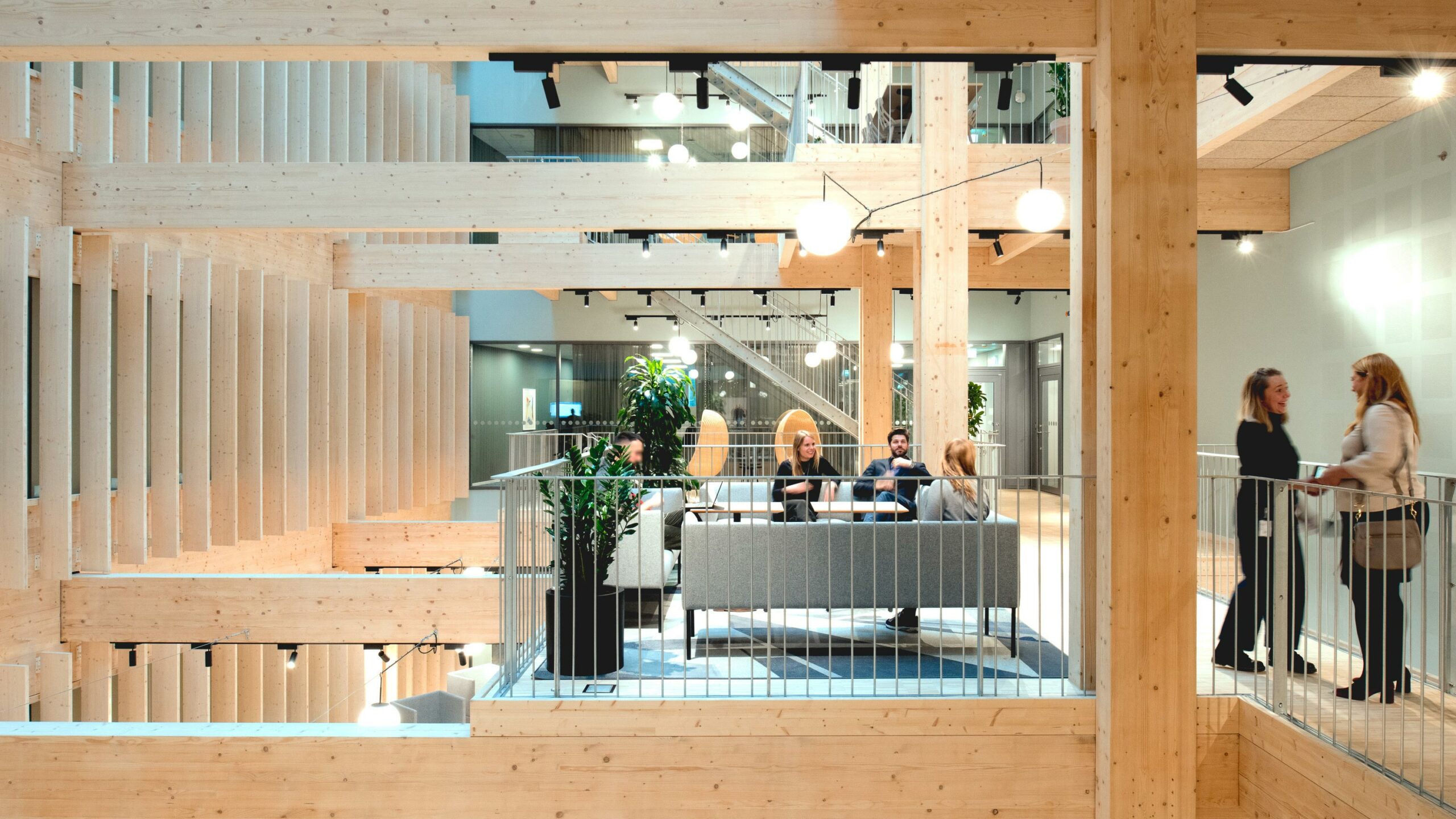After just over eight months of most people working from home, many companies can declare that it has been a success in many ways. Employees have enjoyed many advantages, such as increased freedom and flexibility, less travel, and a better work-life balance. Yet working from home has also posed several challenges. Many people have been subjected to involuntary solitude, while for others, working from home just isn’t compatible with their living situation, for reasons such as their living space being too small or having young children at home.
Although we all have different experiences of remote working, there is one common denominator – a thirst for social interaction. Small talk with colleagues, creative meetings, and being part of the bigger picture. In other words, the functions and needs that a modern workplace caters for.
“For several years, we’ve seen a widespread need among companies to update their workplaces for new ways of working. These needs have escalated sharply in the wake of the pandemic. The role of the office and the needs of employees have crystallised even more, whereupon the adjustment and adaptation of office environments have been pushed right to the top of the agenda,” says Daniel Lisskar, Architect and Development Manager at White.
Perhaps the dining table and kitchen chair at home aren’t an especially inspiring work environment after all. Especially not when the kitchen counter looms large just a metre away, a gym bag is lying where it was thrown on the floor, and your partner is speaking much too loudly on a video call in the next room.
“A modern workplace isn’t just a physical place. It should also be seen as a service and a feeling. This is coming to the fore as more and more people see the advantages and disadvantages of working from home. The workplace must be compatible with life in general, serving as a place that inspires people to work, providing social interaction, and acting as that identity-creating context that many people now lack,” says Magnus Lindgren, Interior Architect at White.
